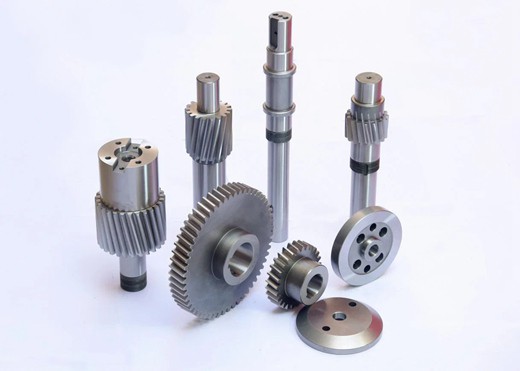Customize Gas Cylinder Quenching Tempering / Heating / Hardening Furnace
Product description
During the laser heat treatment process, after the laser beam stops scanning, observe the surface state of the laser quenched strip with the naked eye or a low-power magnifying glass at any time, and macroscopically judge the surface quality of the quenched strip. Microscopic analysis should take the cross-sectional area of the quenched strip as the observation surface, and use a metallographic microscope to detect the depth (mm) and width (mm) of the quenched hardening layer at a magnification of 100 times. The depth of laser hardening layer is generally below 1mm. The microstructure of laser quenched steel materials is mainly martensite. The microhardness method should be used to detect the hardness of the quenched layer, and the load value should be selected based on the properties, thickness, and depth of the quenched layer of the sample.

During the processing, the deformation of the workpiece is minimal, making it suitable for surface strengthening of certain workpieces or local parts that cannot be completed or difficult to achieve by other quenching techniques. Laser heat treatment has a high degree of automation, and the depth and area of the hardening layer are controllable. This technology is mainly used to strengthen the surface of automotive components or molds, improve their surface hardness, wear resistance, corrosion resistance, strength, and high-temperature performance, such as laser heat treatment of automotive engine cylinder holes, crankshafts, stamping molds, casting plates, etc.




Recommended products
